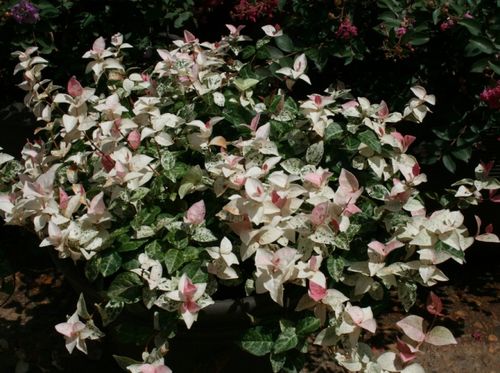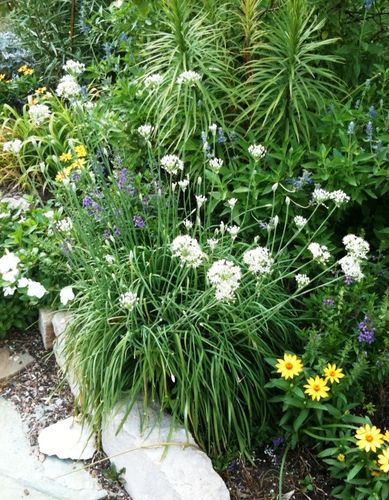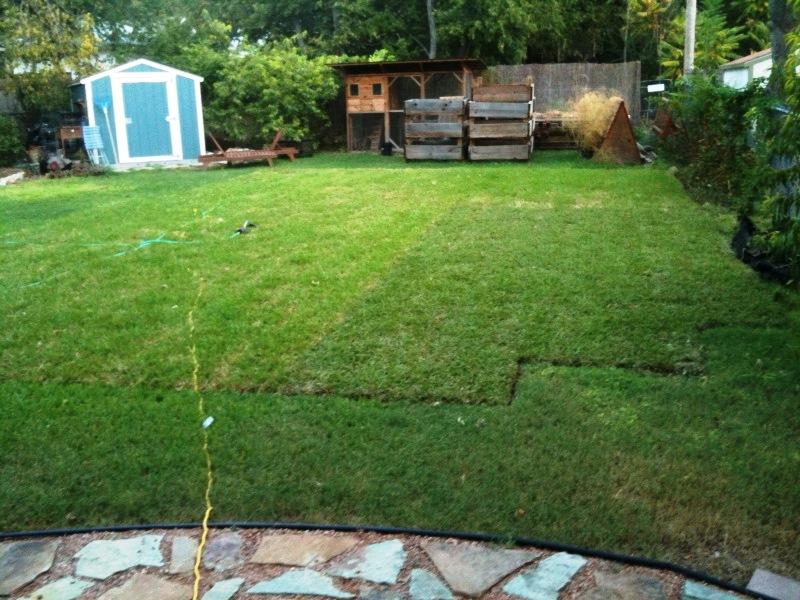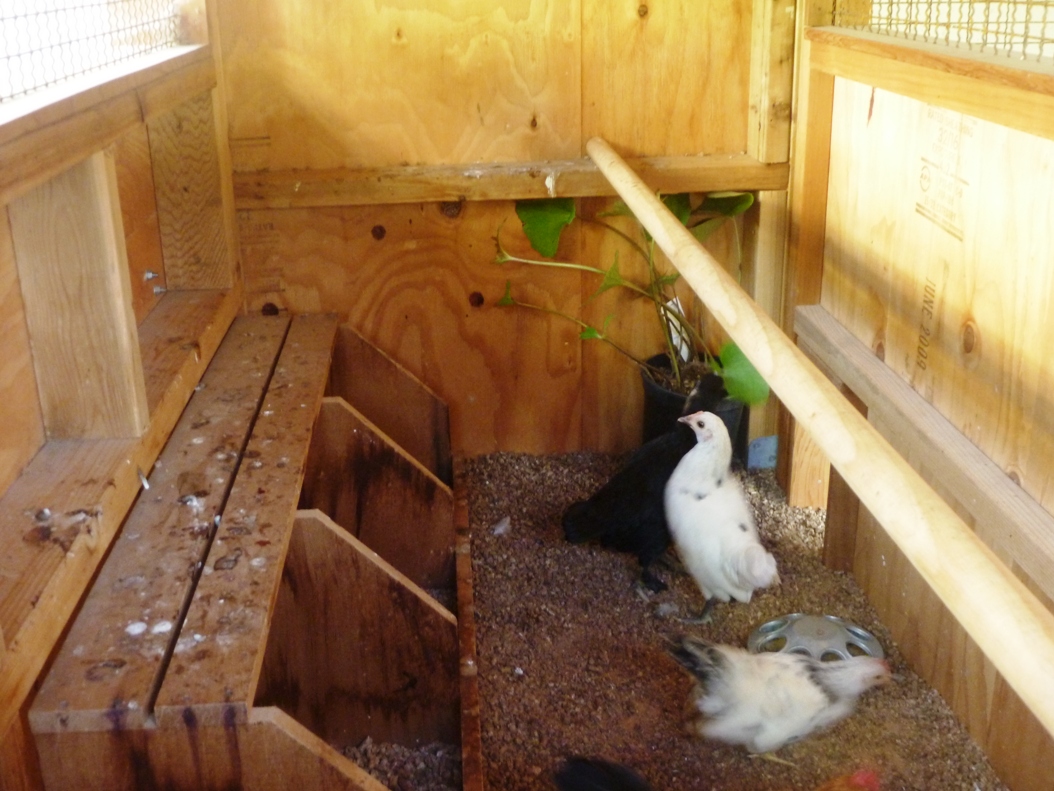Do Tulip Bulbs Need Chilling in Texas?
October 10, 2010
How and When to Plant Tulips in Hot Climates
UPDATED 2024
If you live in Texas and want to have a beautiful spring display of tulips, early fall is the time to get planning. Local Garden Centers should have their best selection of spring bulbs in-stock by about mid-October. If you're shopping online or mail order, don't wait to order or vendors will be out of stock before it's time for you to plant!
When growing tulips in hot climates here are a few keys to having great looking tulips that bloom on time in spring.
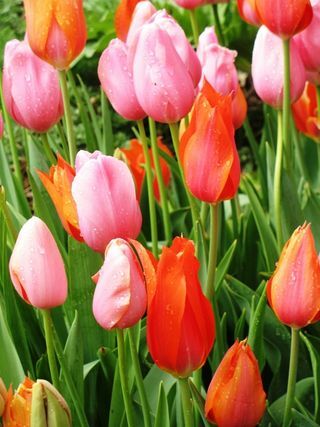
1. If you garden in a warm climate with mild winters you must buy bulbs that are properly pre-chilled. Tulips require a vernalization. That means about 8-10 weeks of soil temperatures between about 45F and 50F and then a return of warm temperatures to initiate the production of a flower bud. If the bulb does not get the proper vernalization, it won't bloom. Also, if a bulb has been pre-chilled and then left out in warm temperatures for long enough, it can de-vernalize and not bloom. Bulbs that have received an adequate vernalization and are growing a flower bud, can also "blast" if returned to temperatures that are too warm too quickly. Blasting means the stem won't have time to elongate properly and tulips will bloom too early with the flower opening down at the base of the leaves.
You can try chilling your tulip bulbs in the refrigerator, but that only works for small quantities and most refrigerators are set colder than is optimal for tulip bulb vernalization. Then there is also the moisture and ethylene problem in the fridge.
2. Plant them on time. In my extensive experience with planting large tulip displays, the best time in the DFW area, or similar growing climates across the south, to plant tulip bulbs is about the third week of December. You have to wait until soil temperatures are consistently below 50F. The golden rule is don't plant them before Thanksgiving and try to get them planted by the end of December. However, in very warm winters it's possible soil temperature won't consistently reach or stay at 50F. If that's the case you might wait until the first week of January to plant, but that's as late as I can recommend for any sort of success.
3. Plant them deep. Plant them 6"-8" deep from the tip of the bulb to soil surface. I usually plant mine at least 8" deep. The biggest mistake people make here when they plant tulips is planting them too shallow. Temperatures fluctuate more in the top few inches of the soil. So if you plant your tulips only 3"-4" deep, they will often emerge too early (especially when we have those January thaws). This can result in wimpy flowering, or the flowers being damaged by a subsequent frost. They can also blast, meaning the flower will open down at ground level. This is a result of the bulb being exposed to high temps very quickly after vernalization. By planting them deep, they will be insulated from those early warm temps and they will bloom on-time. Adding a couple of inches of mulch on top of the soil will help.
SO, to recap:
1. Only buy properly pre-chilled tulips.
2. Plant them on time: December, when soil temperatures are 50F or below. You can purchase an inexpensive soil thermometer.
3. Plant deep! A minimum of 6" deep, 8" is better for tulips.

